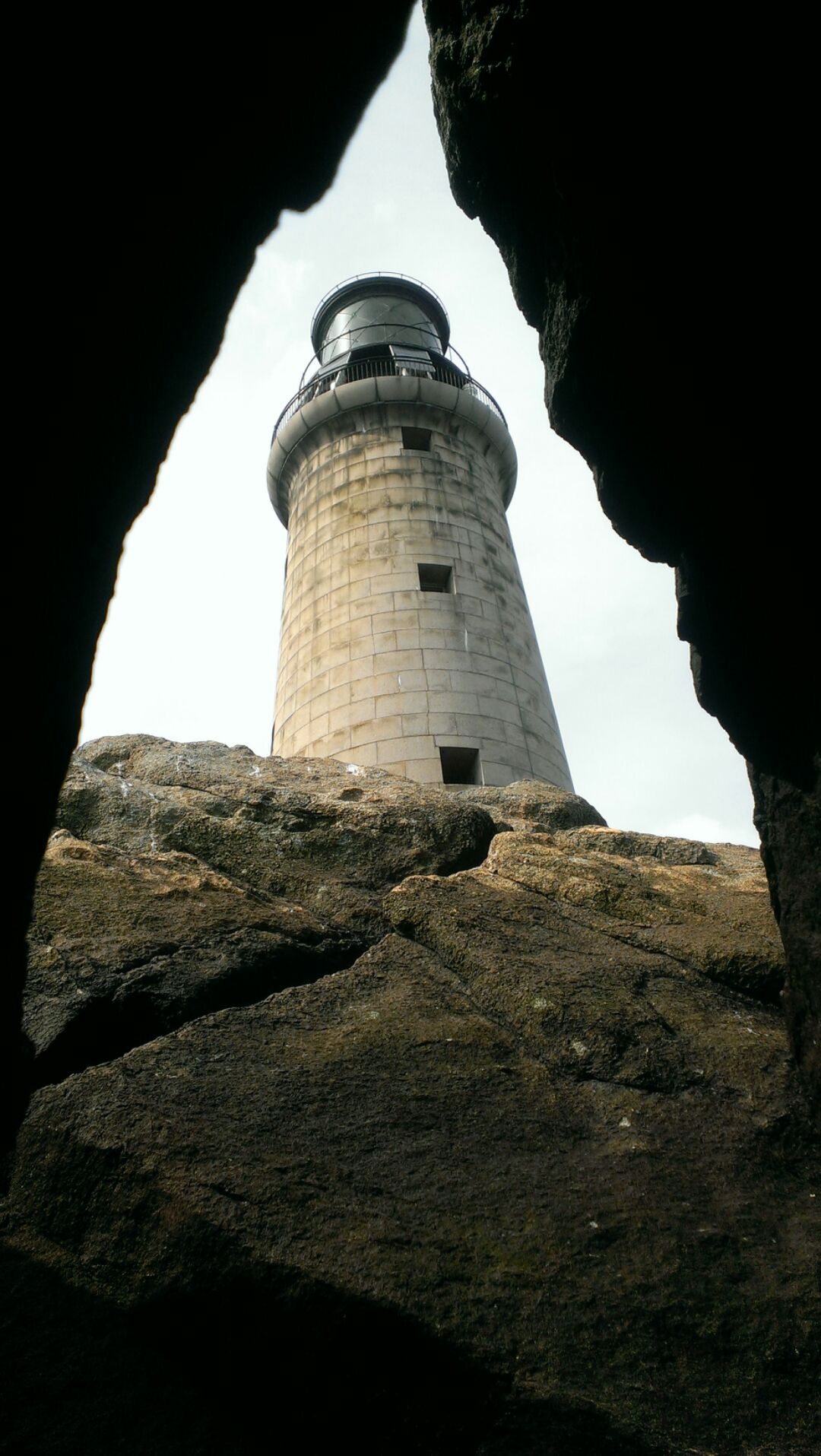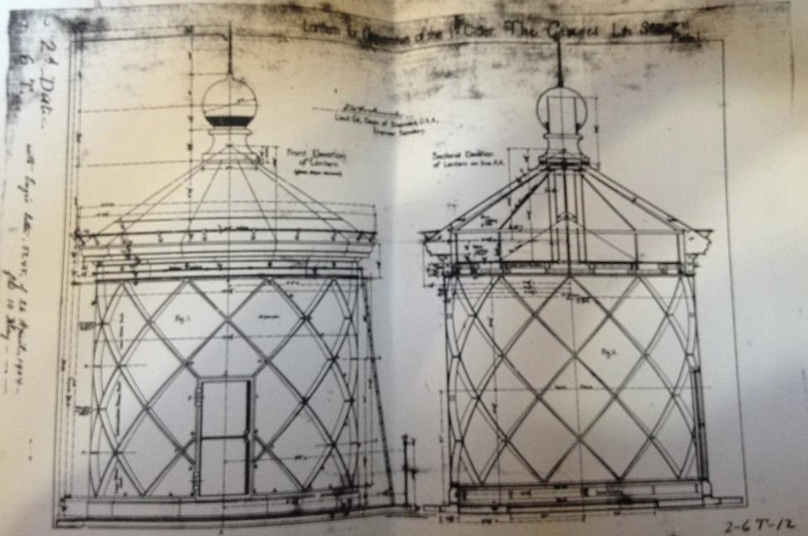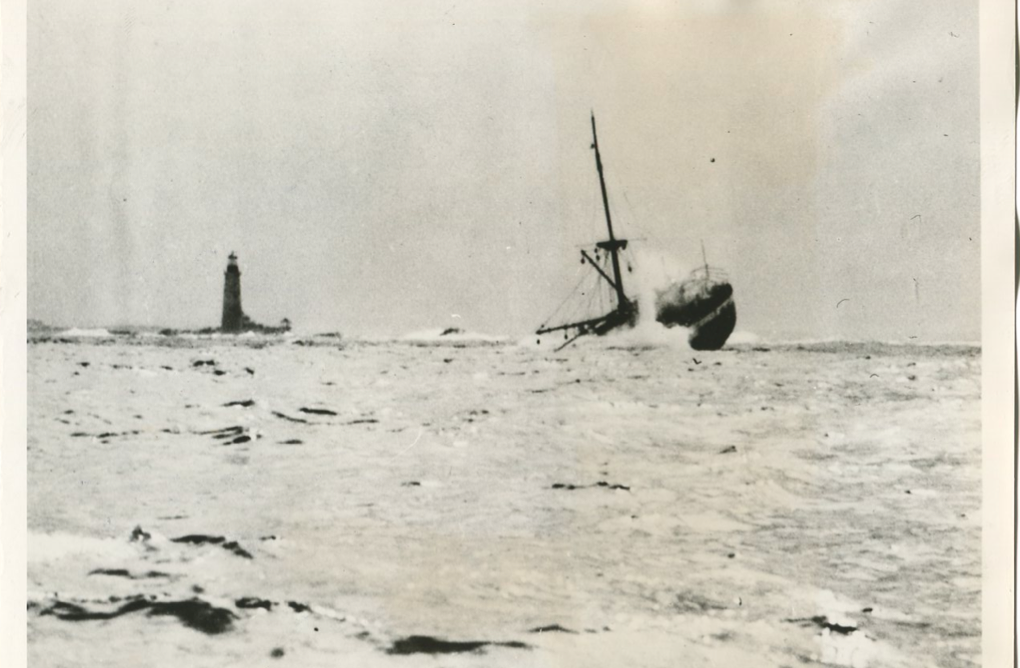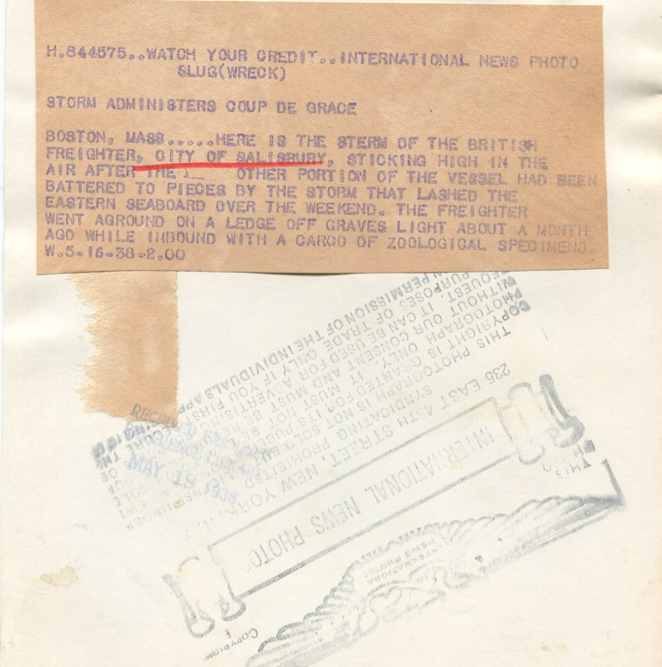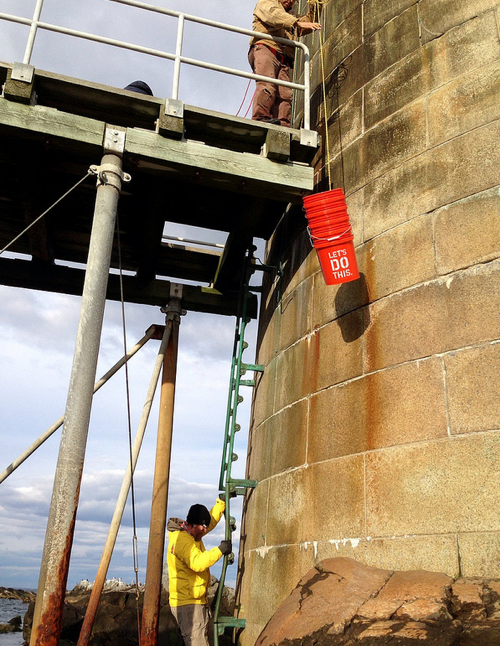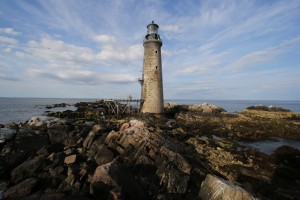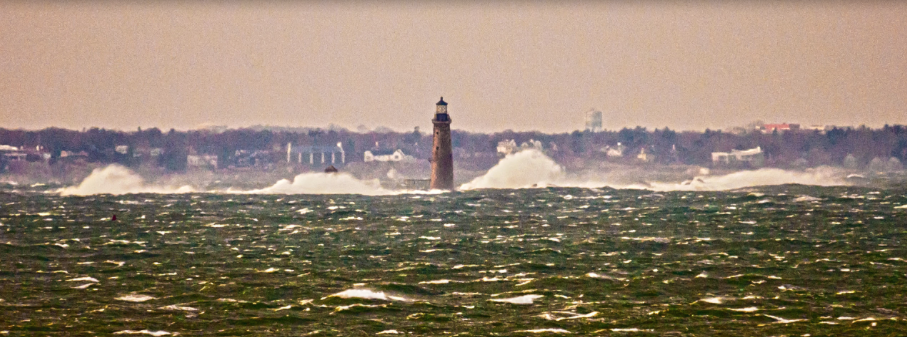 Our friend Richard Green shot this remarkable photograph of a 50-foot wall of spray crashing over The Graves.
Our friend Richard Green shot this remarkable photograph of a 50-foot wall of spray crashing over The Graves.
The picture, taken with a powerful telephoto lens on March 26, 2014, shows the wall of whitewater extending up half the height of the 113-foot tall lighthouse.
Breakers crash over the granite oil house located 90 feet to the left of the lighthouse.
Graves Ledge and the lighthouse are 4 miles from the mainland, but the telephoto lens draws in the neighboring town as if it was only a few feet away.
The dramatic photo shows why it was so necessary to build the lighthouse back in 1903, to guide mariners past the dangerous stone ledge. Numerous shipwrecks, resulting in loss of life, have been recorded around The Graves.
By the way, Graves Ledge, as The Graves is also called, gets its name from British Rear Admiral Thomas Graves (1605-1653), an early settler of Massachusetts Bay Colony. Contrary to popular myth, The Graves was not named as the graveyard of doomed ships and sailors.
 Harbor seals are happily out this spring at Graves Ledge, with sightings being reported by our diver friends at Boston Scuba.
Harbor seals are happily out this spring at Graves Ledge, with sightings being reported by our diver friends at Boston Scuba.




